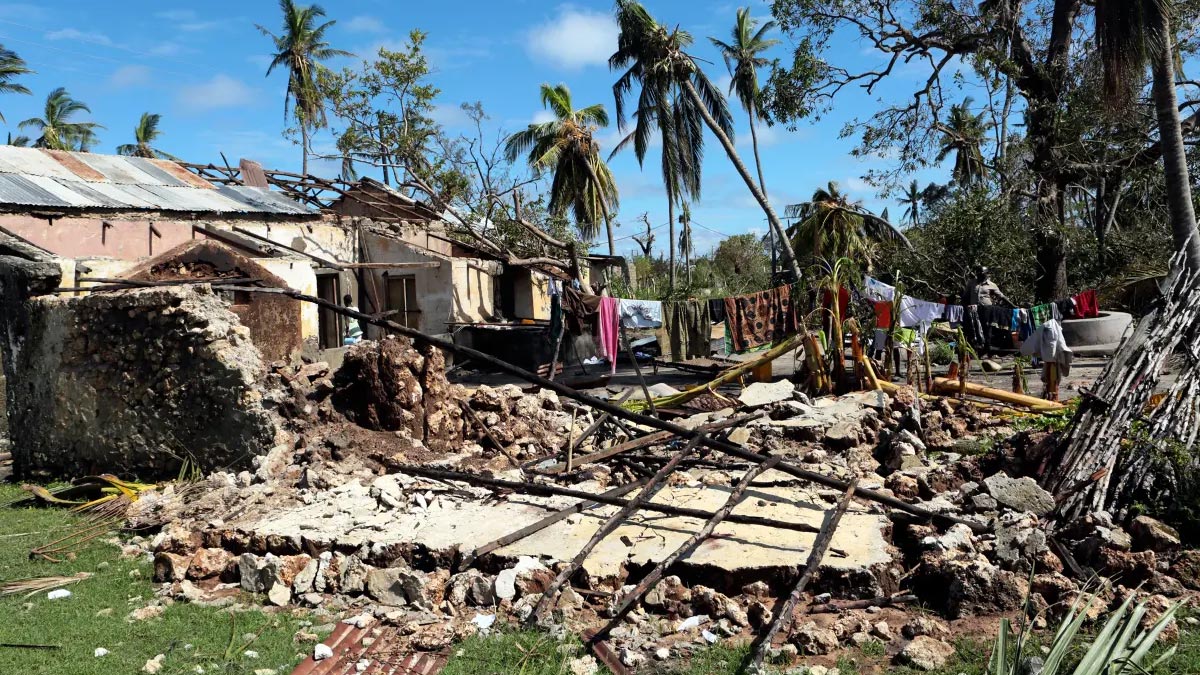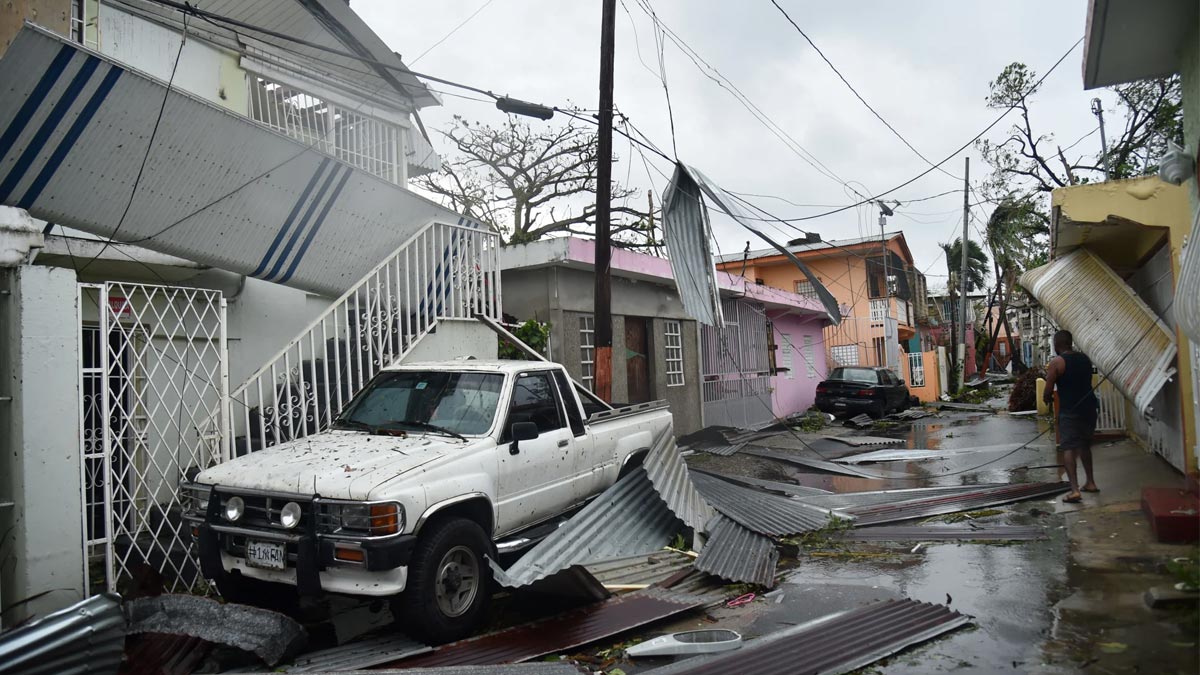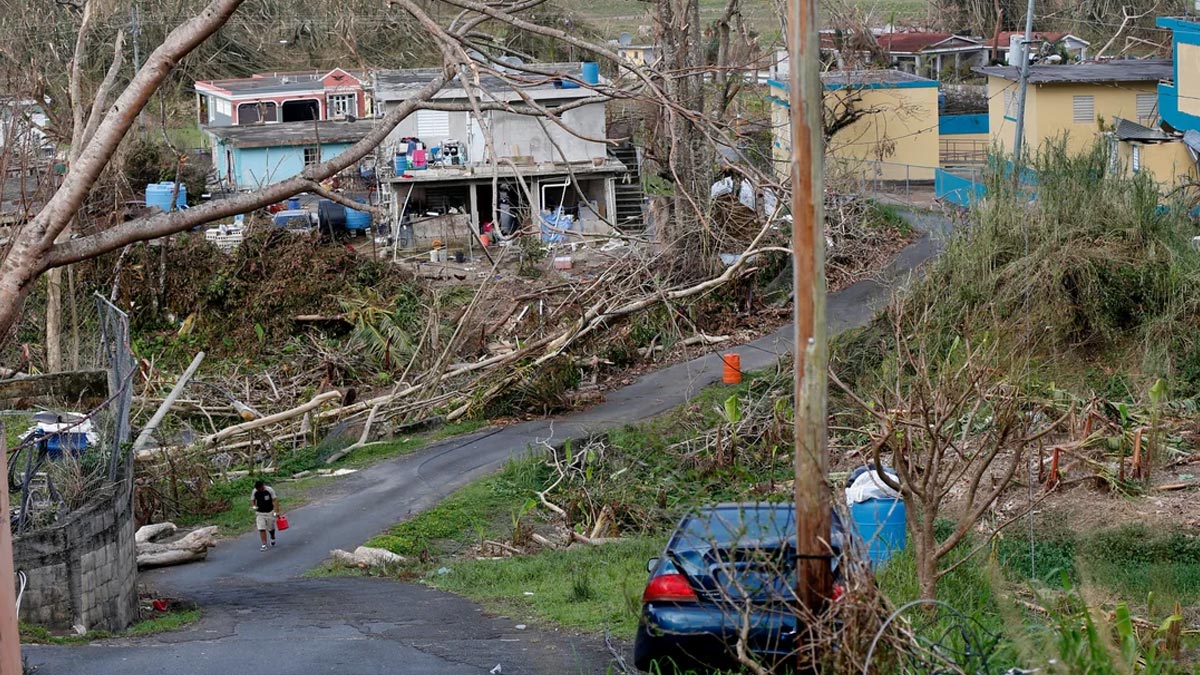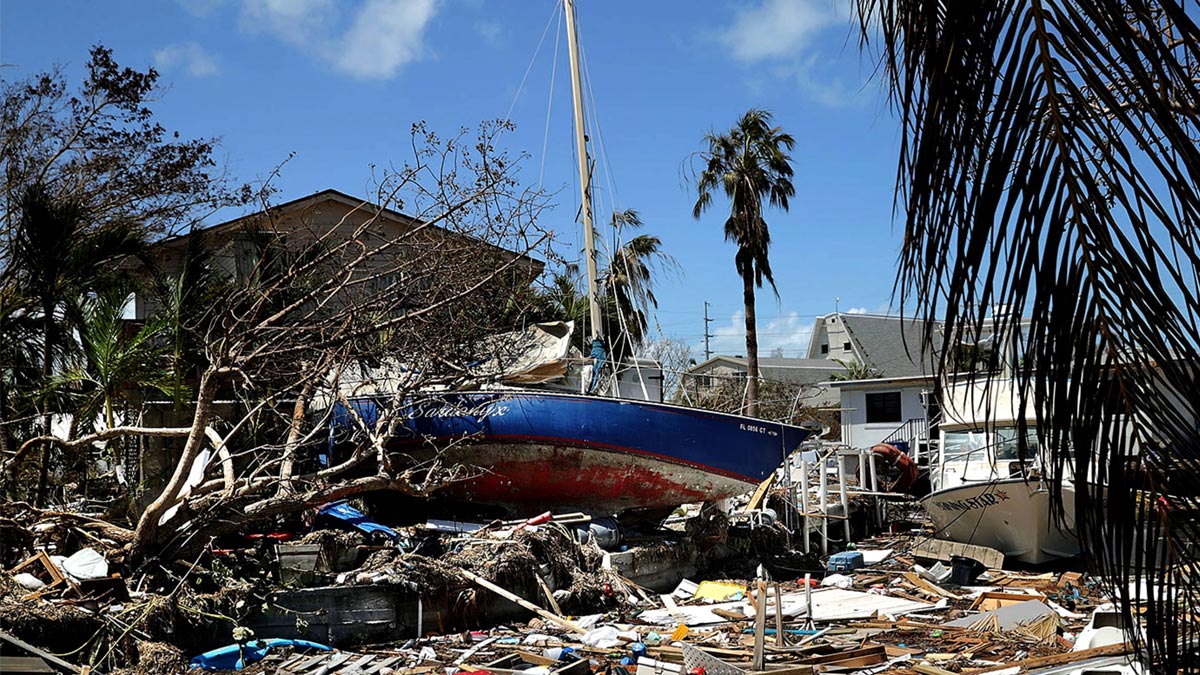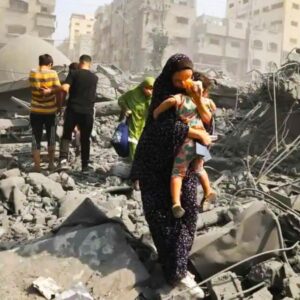In the devastating aftermath of Hurricane Melissa, Jamaica faces one of the most catastrophic natural disasters in its modern history. The powerful Category 5 storm tore across the island with sustained winds exceeding 170 miles per hour, leaving behind a trail of destruction that has reshaped entire communities. Coastal towns were inundated as storm surges swallowed homes and businesses, while torrential rains triggered landslides in the island’s mountainous interior, cutting off vital roadways and isolating entire parishes. Power lines lie tangled across streets, communication networks remain down in many regions, and hospitals are struggling to cope with the influx of the injured. The capital city, Kingston, is grappling with widespread flooding and infrastructure collapse, as emergency shelters overflow with displaced families seeking food, water, and safety. Agricultural regions have been hit especially hard, threatening food supplies and the livelihoods of thousands of farmers. The Jamaican government has declared a national state of emergency and appealed for international aid as relief teams work tirelessly to clear debris, restore electricity, and deliver medical and humanitarian assistance. Regional and global organizations are mobilizing support, but access to remote communities remains a major challenge. In the wake of the storm, stories of resilience and solidarity are emerging — neighbours rescuing one another from rising waters, volunteers distributing supplies, and local churches transforming into makeshift relief centres. Yet, as the island begins the long and painful process of recovery, the human and economic toll of Hurricane Melissa is only beginning to come into focus.
